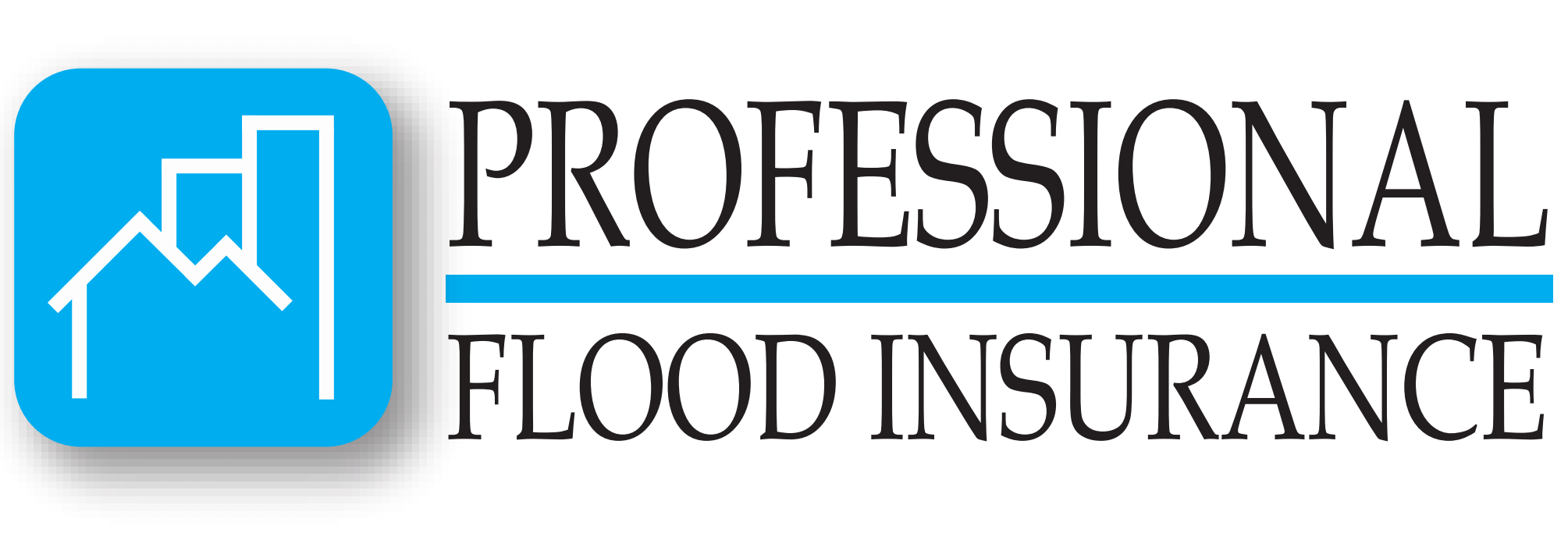we understand the importance of being prepared for potential flooding events. Floods can cause significant damage to your property and possessions, and having the right information and resources at hand can make all the difference in safeguarding your home and family. This page will guide you through essential steps to prepare for floods, with helpful references to FEMA.
🔎 Understand Your Flood Risk
Start by assessing your flood risk. Visit FEMA’s Flood Map Service Center (https://msc.fema.gov) to determine whether your property is located in a flood zone and learn about the level of risk you face. Understanding your flood risk is crucial in taking appropriate preventive measures and obtaining the right flood insurance coverage.
📋 Create an Emergency Plan
Developing a comprehensive emergency plan is vital for any disaster scenario, including floods. Refer to FEMA’s Ready.gov website (https://www.ready.gov/floods) for guidance on creating an emergency plan tailored to your needs. Their resources cover important aspects such as evacuation routes, emergency contacts, and communication strategies.
🧰 Assemble an Emergency Kit
Put together a well-stocked emergency kit that includes essential supplies for your household. FEMA provides a detailed list of recommended items on their website (https://www.ready.gov/kit). Make sure to include food, water, medications, flashlights, batteries, and important documents in your kit.
🛡️ Safeguard Your Property
Take proactive measures to protect your property from flood damage. FEMA’s Homeowner’s Guide to Retrofitting (https://www.fema.gov/media-library/assets/documents/121) offers valuable information on retrofitting techniques to reduce the impact of floods. Consider elevating electrical systems, installing flood barriers or shields, and sealing basement walls to minimize potential damage.
🌧️ Purchase Flood Insurance
While homeowner’s insurance typically doesn’t cover flood damage, purchasing flood insurance is a smart investment. Visit FEMA’s National Flood Insurance Program (https://www.floodsmart.gov) to learn about flood insurance options and find an insurance provider in your area. Remember, flood insurance policies often have a 30-day waiting period, so don’t wait until the last minute.
🔔 Stay Informed
Stay updated with the latest flood warnings, alerts, and evacuation orders issued by local authorities. FEMA’s Emergency Alert System (EAS) provides timely information through various channels, including radio, TV, and wireless emergency alerts (WEAs). Additionally, sign up for your community’s emergency notification system to receive important alerts directly.
Remember, being prepared is the key to effectively mitigating flood-related risks. By following these steps and referring to FEMA’s resources, you can enhance your flood preparedness and protect your property and loved ones.
For further information and guidance, please consult FEMA’s official website (https://www.fema.gov).
